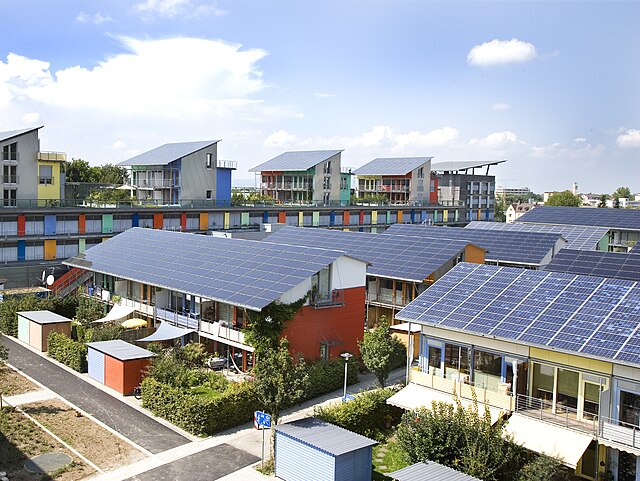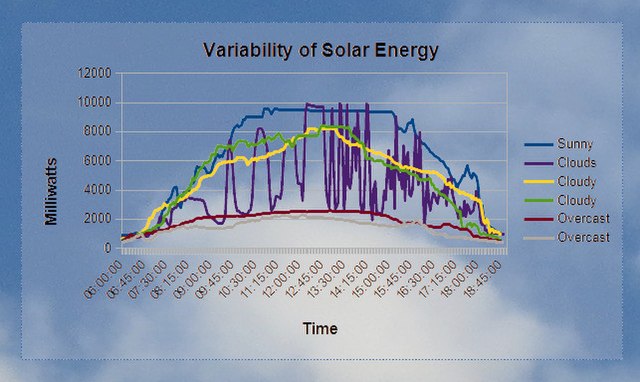Building-integrated photovoltaics
Building-integrated photovoltaics (BIPV) are photovoltaic materials that are used to replace conventional building materials in parts of the building envelope such as the roof, skylights, or façades. They are increasingly being incorporated into the construction of new buildings as a principal or ancillary source of electrical power, although existing buildings may be retrofitted with similar technology. The advantage of integrated photovoltaics over more common non-integrated systems is that the initial cost can be offset by reducing the amount spent on building materials and labor that would normally be used to construct the part of the building that the BIPV modules replace. In addition, BIPV allows for more widespread solar adoption when the building's aesthetics matter and traditional rack-mounted solar panels would disrupt the intended look of the building.

The CIS Tower in Manchester, England was clad in PV panels at a cost of £5.5 million. It started feeding electricity to the National Grid in November 2005.
The headquarters of Apple Inc., in California. The roof is covered with solar panels.
Photovoltaic wall near Barcelona, Spain
PV Solar parking canopy, Autonomous University of Madrid, Spain
Photovoltaics (PV) is the conversion of light into electricity using semiconducting materials that exhibit the photovoltaic effect, a phenomenon studied in physics, photochemistry, and electrochemistry. The photovoltaic effect is commercially used for electricity generation and as photosensors.
The Solar Settlement, a sustainable housing community project in Freiburg, Germany
Charging station in France that provides energy for electric cars using solar energy
Solar panels on the International Space Station
This chart illustrates the effect of clouds on solar energy production.








